SMC Carbon
GRANULAR ACTIVATED CARBON
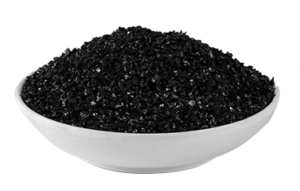
A highly porous adsorbent substance made by burning organic materials—like coal and coconut shells—without the presence of air and pulverizing it into granules.
Due to its positive charge, activated carbon can absorb negatively charged ions from water, including ozone, chlorine, fluorides, and dissolved organic solutes.
Because it can get saturated and lose its ability to absorb, activated carbon has to be changed regularly.
In water treatment systems, where water is channeled downhill through a stationary bed of activated carbon, granular activated carbon is frequently employed as a filter.
Organic material accumulates at the top of the bed as a result of this process. Similarly, radon levels in water may be decreased by activated carbon.
COAL-BASED GRANULAR ACTIVATED CARBON
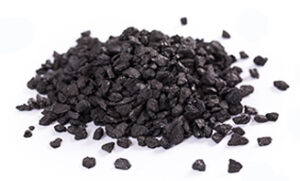
Granular activated carbon derived from coal is extensively utilized in many industries such as the food industry, medicine, metallurgy, petrochemical, steel manufacturing, tobacco,
fine chemicals, and more. It is used for water purification processes such as dechlorination, decolorization, and deodorization in high-quality drinking water, industrial water, and wastewater.
High-grade anthracite coal is used to make the Coal Based Granular Activated Carbon. It is commonly used in wastewater treatment plants, effluent treatment plants, sewage treatment plants, and other similar facilities for purification, decolorization, desulfurization, and denitrification.
It is an efficient way to clean both chemical waste and household sewage.
COCONUT SHELL GRANULAR ACTIVATED CARBON
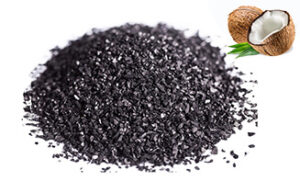
The primary function of granular activated carbon made from coconut shells is purification and adsorption; this sets it apart from other forms of activated carbon in that it may be effectively used in the gold mining industry.
In addition, water and air used in beverages, food, and other sectors can be purified by it.
A type of broken carbon with uneven grain, high strength, and regeneration potential after saturation is coconut shell granular activated carbon, which is derived from premium coconut shell.
Activated carbon from coconut shells has several benefits, including high strength, long-term affordability, developed pores, a granular appearance, and strong adsorption performance.
——————————————————————————————————————————————————————
ACTIVATED CARBON POWDER
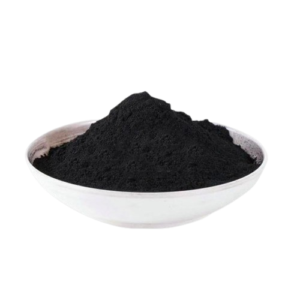
Compared to carbons with larger particle sizes, powdered, micron-sized activated carbon particles show quicker kinetics and a better capacity for contaminant removal.
They are produced by milling millimeter granular activated carbon.
Internal pore structures are produced by imparting distinct adsorption qualities particular to each product type through the manipulation of production circumstances.
Because of different impurities and proprietary manufacturing conditions, different products will be chosen for different applications.
For intermittent contamination episodes, oil refining, water treatment, effluent treatment, industrial spills, and influent waters, powdered activated carbon can be employed.
COAL POWERED ACTIVATED CARBON
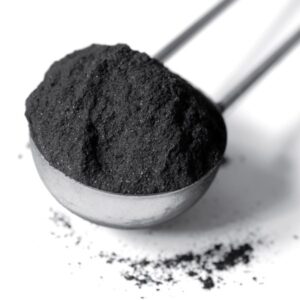
Premium anthracite coal is used as the raw material for coal-based powder-activated carbon, which is refined through a unique production process that involves carbonization,
activation, and grinding into a powder. This substance has a black powder look and doesn’t dissolve in a common solution.
It is odorless, has a wide surface area, adsorption ability, flocculation and filtering action, high purity, filters quickly, and has consistent quality.
WOOD POWDERED ACTIVATED CARBON
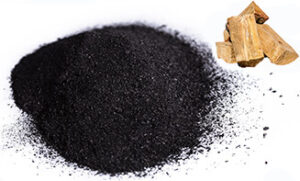
This product is created by burning wood without any oxygen supply, combining and stirring phosphoric acid, washing, and other procedures, resulting in a black powder. The raw material is natural, high-quality wood, which is processed using sophisticated machinery and scientific technology.
The structure is well-developed, with a high specific surface area and macroporous structure.
It filters quickly and may absorb large amounts of material. Excellent purification and decolorization capabilities are possessed by it.
Commonly employed in the decolorization and purification of pharmaceutical intermediates, final medications, different kinds of injections, and reagents.
Oral pills, anti-intestinal bacteria medications, and food alkaline detoxification medications can all be made with them.
In the food industry, it is also utilized for the decolorization and purification of sugar, drinks, alcoholic beverages, edible oils, and other products.
It is also extensively utilized in sewage treatment, drinking water purification, decolorization, and refinement and purification of organic solvent industries.
COCONUT SHELL POWDERED ACTIVATED CARBON
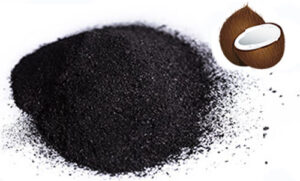
Employing state-of-the-art machinery and scientific technology, this product is created by burning natural, premium coconut shells without the presence of oxygen.
Phosphoric acid is then mixed and stirred, rinsed, and subjected to various procedures until the product is finally formed into black powder.
The structure is well-developed, with a high specific surface area and macroporous structure.
It filters quickly and may absorb large amounts of material. Excellent purification and decolorization capabilities are possessed by it.
Commonly employed in the decolorization and purification of pharmaceutical intermediates, final medications, different kinds of injections, and reagents.
Oral pills, anti-intestinal bacteria medications, and food alkaline detoxification medications can all be made with them.
Moreover, sugar, drinks, alcoholic beverages, edible oils, and other food sectors utilize it to decolorize and purify their products.
In the water purification business, sewage treatment, drinking water purification, and decolorization of organic solvents are some of the other extensive uses for it.
Applications of SMC Carbon
Our Partners





Connect With Us
All Copyrights are reserved
All Copyrights are reserved

Connect With Us